Bioengineering design makes health diagnosis simpler, quicker
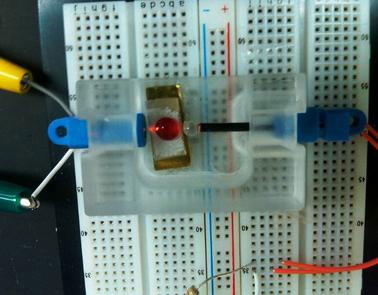 ASU bioengineering research produces design for new device to help detect diseases quickly and at lower costs.
ASU bioengineering research produces design for new device to help detect diseases quickly and at lower costs.
Aug 24th, 2010
Read more
 ASU bioengineering research produces design for new device to help detect diseases quickly and at lower costs.
ASU bioengineering research produces design for new device to help detect diseases quickly and at lower costs.
Aug 24th, 2010
Read more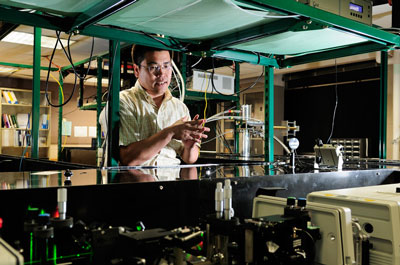 Using powerful lasers, Hui Zhao, assistant professor of physics and astronomy at the University of Kansas, and graduate student Lalani Werake have discovered a new way to recognize currents of spinning electrons within a semiconductor.
Using powerful lasers, Hui Zhao, assistant professor of physics and astronomy at the University of Kansas, and graduate student Lalani Werake have discovered a new way to recognize currents of spinning electrons within a semiconductor.
Aug 24th, 2010
Read moreThe FDA Center for Devices and Radiological Health is organizing a public workshop titled 'Medical Devices and Nanotechnology: Manufacturing, Characterization, and Biocompatibility Considerations' to be held on September 23, 2010 at the Hilton Washington DC/North Gaithersburg.
Aug 24th, 2010
Read moreOn February 16, 2010, FEI invited owners and users of our instruments to submit their finest images for a chance to win two round-trip airline tickets to anywhere in the world. After six months and more than 250 images, FEI would like to congratulate Dr. Harald Plank of the Institute of Electron Microscopy, Austria, and Dr. Clifford Barnes of University of Ulster, United Kingdom for their prize-winning entries.
Aug 24th, 2010
Read moreIn the war against infectious disease, identifying the culprit is half the battle. Now, research professor Shaopeng Wang and his colleagues from the Biodesign Institute at Arizona State University, describe a new method for visualizing individual virus particles. Their research opens the door to a more detailed understanding of these minute pathogens, and may further the study of a broad range of micro- and nanoscale phenomena.
Aug 24th, 2010
Read moreScientists of the Fraunhofer IPMS succeeded in fabricating a large solar cell module (80 x 20 square centimeters) based on organic solar cells, which will be presented for the first time at the EU PVSEC 2010.
Aug 24th, 2010
Read more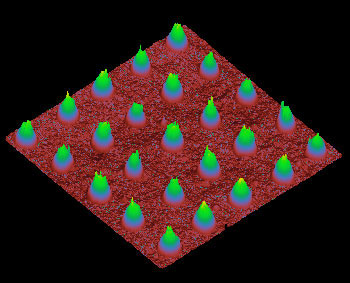 Just as cilia lining the lungs help keep passages clear by moving particles along the tips of the tiny hair-structures, man-made miniscule bristles known as nano-brushes can help reduce friction along surfaces at the molecular level, among other things. In their latest series of experiments, Duke University engineers have developed a novel approach to synthesize these nano-brushes, which could improve their versatility in the future.
Just as cilia lining the lungs help keep passages clear by moving particles along the tips of the tiny hair-structures, man-made miniscule bristles known as nano-brushes can help reduce friction along surfaces at the molecular level, among other things. In their latest series of experiments, Duke University engineers have developed a novel approach to synthesize these nano-brushes, which could improve their versatility in the future.
Aug 24th, 2010
Read more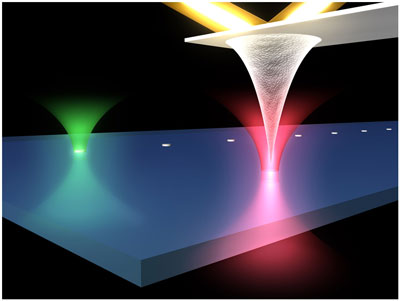 A novel optical stabilization method extends the instrument's inherent precision and applicability to a wide range of perturbative operating conditions.
A novel optical stabilization method extends the instrument's inherent precision and applicability to a wide range of perturbative operating conditions.
Aug 24th, 2010
Read moreAs an early career scientist, Max Fontus wondered how successful researchers repeatedly make discoveries worth publishing. Collaborating with a Princeton engineering professor this summer, he realized that working with scientists from other fields of research results in a cross-pollination of ideas that lays the foundation for great progress in science.
Aug 24th, 2010
Read moreThe students gained experience with nanoparticle synthesis methods, photoelectrochemistry and related topics.
Aug 24th, 2010
Read more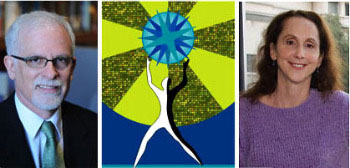 Two scientists from the California Institute of Technology (Caltech) have been recognized by the National Institutes of Health (NIH) for their innovative and high-impact biomedical research programs.
Two scientists from the California Institute of Technology (Caltech) have been recognized by the National Institutes of Health (NIH) for their innovative and high-impact biomedical research programs.
Aug 24th, 2010
Read moreOrganisers of the two-day Particle Summit, which takes place near Boston in October (October 20-21, 2010; The Charles Hotel, Cambridge MA), have announced two further speakers for the event.
Aug 24th, 2010
Read moreWater molecules are continuously forming short-lived networks called clusters. These can in turn bind positively charged protons, and such clusters can provide active functional groups in proteins. Using infrared spectroscopy, it is possible to determine the bond strengths, geometrical structures and chemical properties of protonated water clusters. In order to measure the spectrum of molecular vibrations in clusters it is, however, necessary to use other molecules as messengers.
Aug 24th, 2010
Read more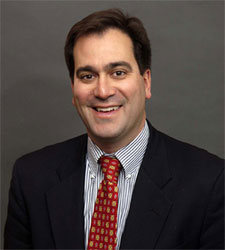 The Pittcon Program Committee is pleased to announce that Dr.Chad A. Mirkin, Professor of Chemistry, Northwestern University, Evanston, Illinois, will deliver the Pittcon 2011 Plenary Lecture, 'Polyvalent DNA Architectures: New Modalities For Intracellular Gene Regulation and Detection' on Sunday, March 13, 2011, at 4:30 p.m., in the Sidney Marcus Auditorium, Georgia World Congress Center, Atlanta, Georgia.
The Pittcon Program Committee is pleased to announce that Dr.Chad A. Mirkin, Professor of Chemistry, Northwestern University, Evanston, Illinois, will deliver the Pittcon 2011 Plenary Lecture, 'Polyvalent DNA Architectures: New Modalities For Intracellular Gene Regulation and Detection' on Sunday, March 13, 2011, at 4:30 p.m., in the Sidney Marcus Auditorium, Georgia World Congress Center, Atlanta, Georgia.
Aug 24th, 2010
Read moreMembranes protect every single cell of our body. Researchers have now discovered that exposure to standing surface acoustic waves influences the distribution of the membrane's lipids.
Aug 24th, 2010
Read moreA rheological technique, used by researchers at National Nanotechnology Center (NANOTEC) in Thailand has revealed the instability of y-oryzanol-loaded solid lipid nanoparticles er 60 days storage at three different temperatures of 4, 25, and 40C.
Aug 24th, 2010
Read more